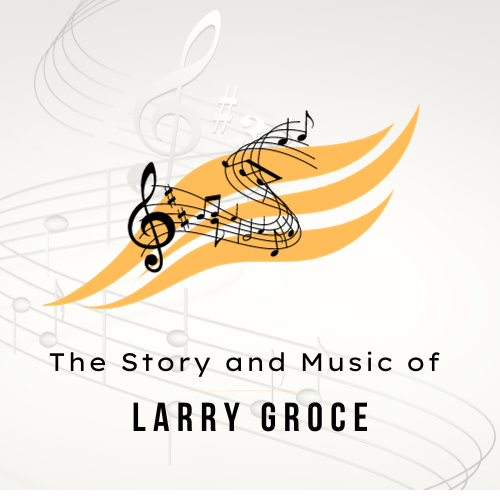Introduction to Larry Groce
Larry Groce (born in 1948, in Dallas, Texas) is an American singer-songwriter and now is a radio host. He mostly specializes on folk and children’s songs. He is best known for his novelty hit “Junk Food Junkie,” released during the mid-70s music era. Already interested in music when he was a child, he became a folk singer right after high school. Groce released his first album Peace and Joy and Power while still in college. After the success of “Junk Food Junkie,” his voice became more well-known especially among children, more so when he appeared on a lot of Walt Disney albums, including the most well-known Children’s Favorites which were divided into four volumes: the first and second volumes were released in 1979, while the third volume was issued in 1986 and the fourth in 1990. Since 1983, Groce has been hosting the two-hour radio program Mountain Stage (on West Virginia Public Radio), which he is also the co-creator.
Larry Groce’s early years
American singer-songwriter and radio host Larry Groce was born on April 22, 1948 in Dallas, Texas. Groce already had the aptitude in music in his primary school years. In his teens, he attended Oak Cliff’s Adamson High School.
Groce’s musical career
Even before graduating from college, Groce had already released an album in 1969 called Peace and Joy and Power. The following year, he relocated to New York and worked as a performer at the organic food restaurant called “Focus” which owned by Larry Brezner. Subsequently, he was signed to RCA Records’ subsidiary Daybreak imprint, releasing the album The Wheat Lies Low. The album contained Groce’s all-original material and was released in 1970. In 1972, he became a “musician-in-residence” for National Endowment for the Arts wherein he visits schools in different states. In that year, he was ordained in West Virginia where he as well resided. Dozier continued serving until 1985.
“Junk Food Junkie” fame and working with Disney
In 1976, the country musician Groce went novelty at this point, releasing the song “Junk Food Junkie” which became his best known recording. The satiric novelty song peaked at #9 on the pop charts. Because of its success, it led Groce to perform on numerous television shows such as Nashville Now, The Rich Little Show, The Tonight Show, The Merv Grffin Show, American Bandstand, The Midnight Special, Doctor Demento, A Prairie Home Companion and shows on The Disney Channel. Groce was a consistent artist on nine Disney albums from 1979 to 1990. In 1976, he was nominated in “Best Recording for Children” category in Grammys for Winnie-the-Pooh for President, his first Disney recording.
Mountain Stage Show
In 1983, Groce launched a two-hour live music program called Mountain Stage. Produced by Virginia Public Radio, he was also the host and artistic director of the show as well. The show featured artists like Sheryl Crow, Barenaked Ladies, Phish, Ani DiFranco, Alison Krauss, Counting Crows, Ben Harper, Tori Amos, R.E.M., Norah Jones and the list goes on.
From 1990 to 2004, Groce co-owned the entertainment alternative tabloid Graffitti.
